Retarder provers advantages

Retarder provers cycle is composed of 5 different phases:
- Blocking
- Holding
- Pre-prooving
- Prooving
- Baking Delay
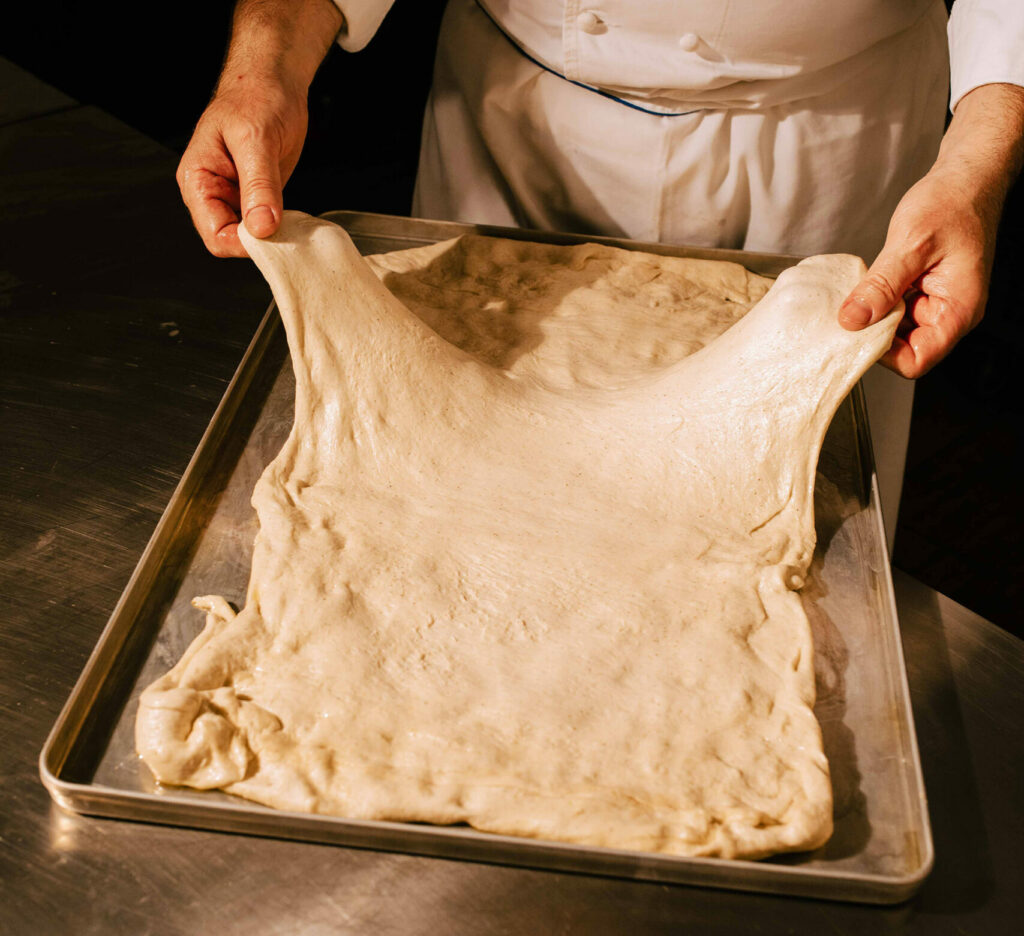
Blocking
Using a fresh product, i.e. not frozen, it is recommended not to drop too much below zero, at this stage. The risk is to create a surface macro-crystallization, compromising the gluten mesh of the product.
Holding
For long prooving, if the product is shock frozen before being leavened, it is advised to use enzymatic improvers. The cold technology has several advantages in bakery field, of economic and managerial-organizational nature. This technology can be applied in different moments of the bakery process, between kneading, leavening and cooking.
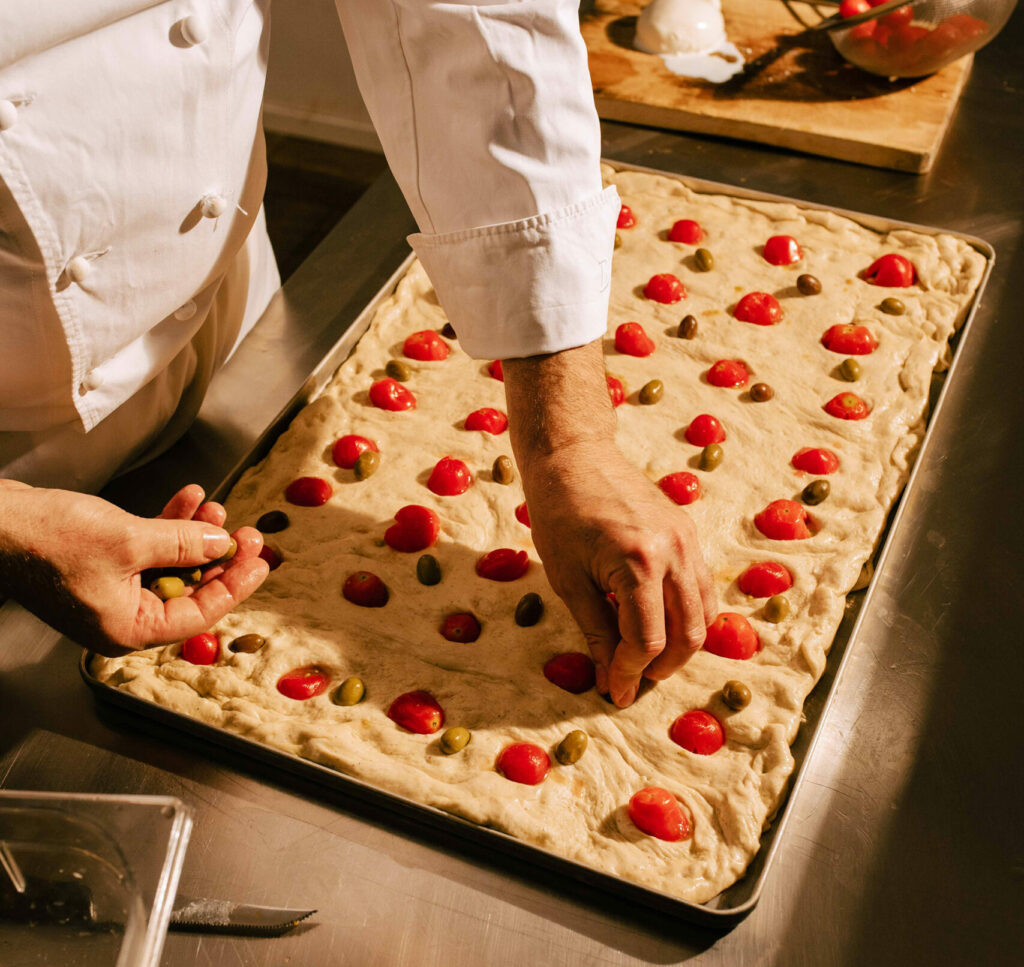
Pre-prooving
Using the technique of prooving, it is recommended to “awake” delicately the product, otherwise an important temperature difference between the different phases could compromise a good final prooving.
Prooving
It is not advisable to use too high temperatures in the delicate stage of prooving; for example, exceeding 30 ºC may cause the product overheating. Sweet or salty, every product has its right prooving temperature. For example, in case of butter croissants, if temperatures are too high the butter risks to melt, because it has a very low melting point.
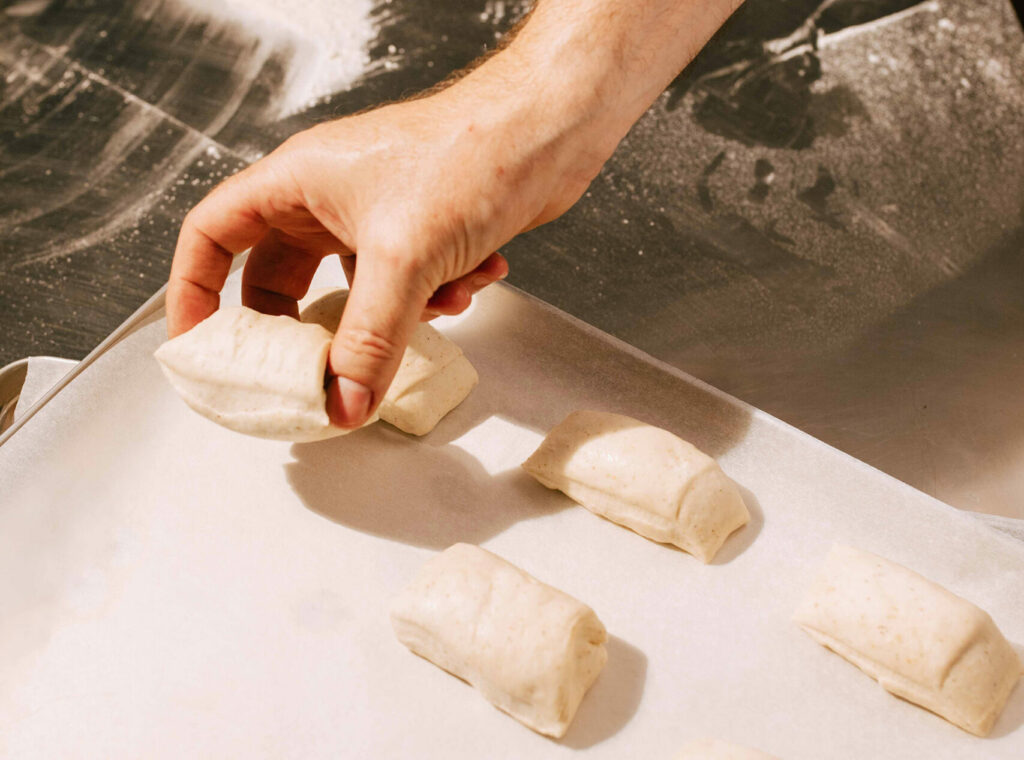
Baking Delay
In the phase of baking delay avoid with too low temperatures not to compromise the prooving quality. Some samples of correct temperatures during baking delay are:
– Croissant: 6-8°C
– Medium size bread: 12-14°C
– Baguette: 22-24°C
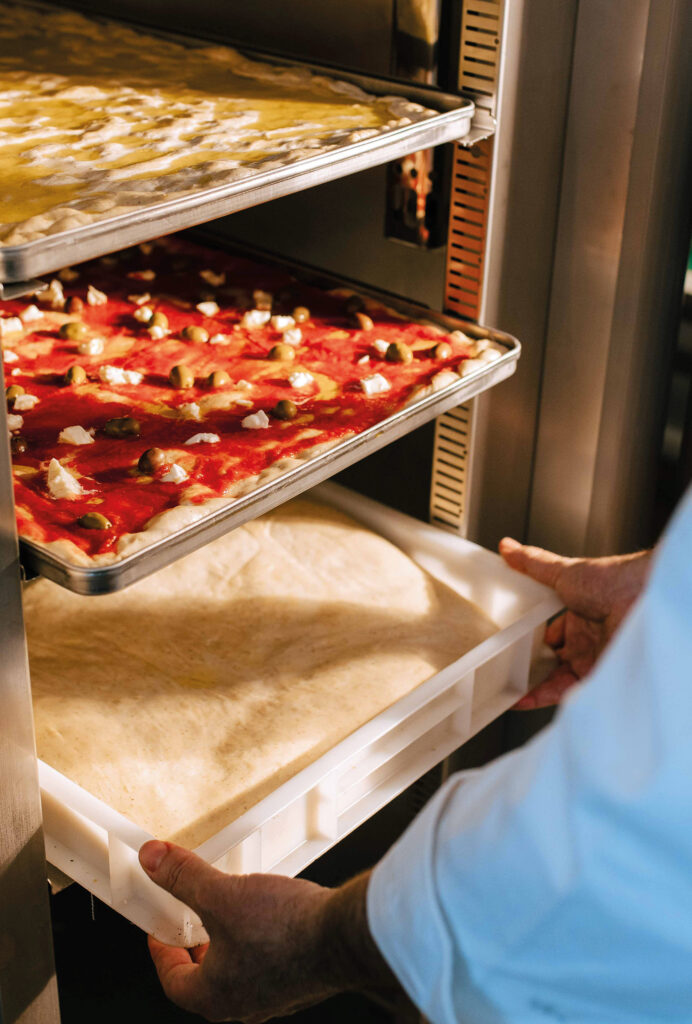
DID YOU KNOW THAT?
Using the retarder prover technology, a better bread is the result. In retarder prover chamber, enzymatic activity is recycled by the product itself and therefore is not dispersed in the air. Bread after cooking will be will be more fragrant, crisp and with a longer shelf life.
Advice:
If you want to work with the retarder prover, whether the product is frozen or fresh, it is always ADVISABLE to pre-cool the chamber, in order to avoid a thermal shock and compromise the final result. Same advice even if the user would like to proceed with the manual cycle: for an excellent result, it is advisable to preheat the retarder prover.
Benefit:
Speaking of CIABATTA bread type, for example, the use of cold in the retarder prover allows to reduce working times up to 50%. The ciabatta bread type dough, without the use of technology, must necessarily rest for about thirty minutes in summer (usually the temperature of the dough reach +28°C) and at least fifty minutes in winter (generally the dough temperature in this case reach +23°C). Using the retarder prover, instead, you MIX, FORM and COOL!
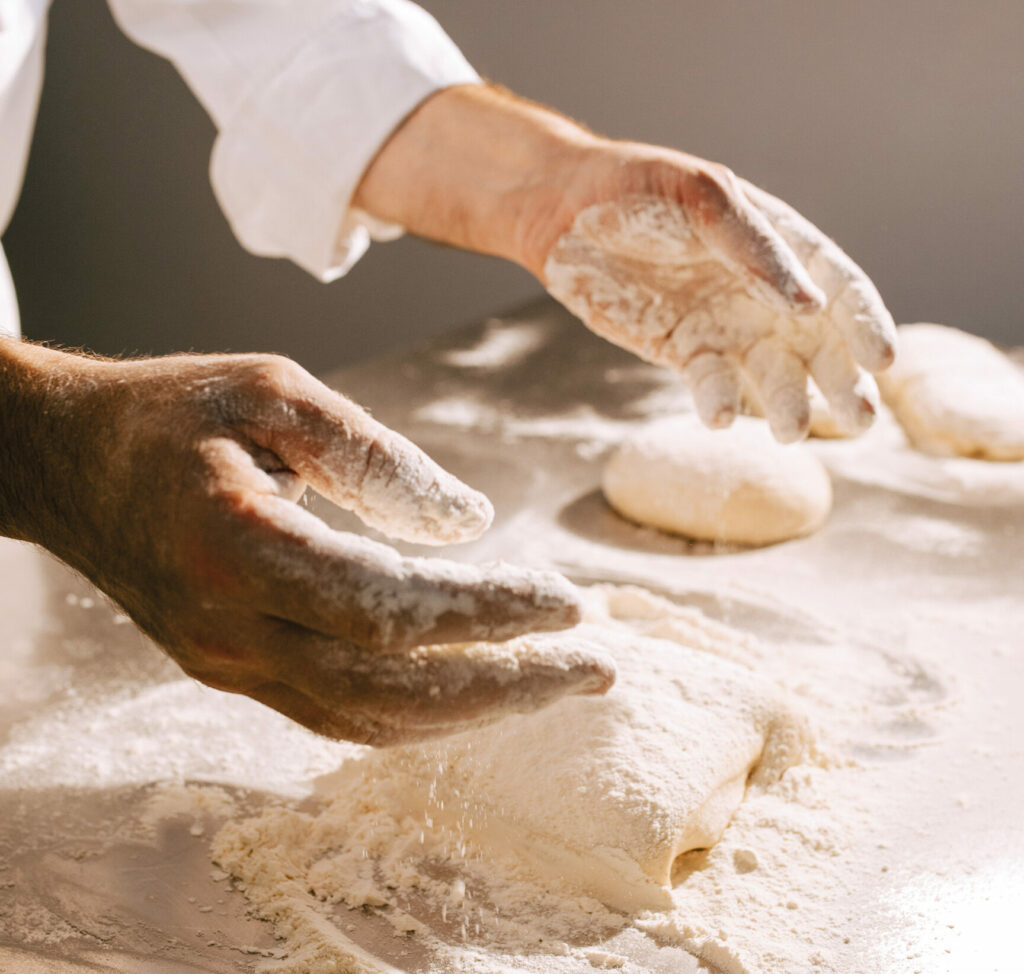
Retarder Provers
Bread, pizza, sweets and leavened products must assure quality and fragrance. The choice of ingredients and the art of those who work them are just two of the fundamental aspects of their genesis.